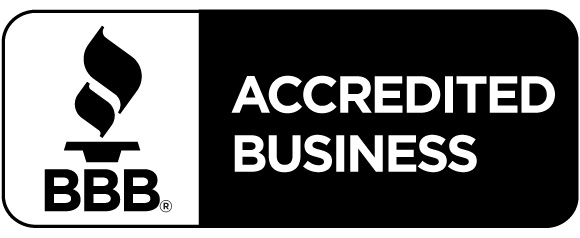
One of the biggest buzz words in our industry today is fiber. Because of this, sometimes companies feel the need to go with fiber cable installation without really knowing what it’s all about. Learning a little more about the history and different uses of fiber optic cables can help you understand the potential it has for your own communication needs.
Fiber Optics Crash Course
We can transfer information by using cables, and different cabling material can serve different functions. Most of us are already familiar with wire cabling. Fiber optic cabling is just another option for how we communicate, such as with cable television, long-distance phone calls, or the internet.
Fiber cabling is typically known for being faster. This is because it works by sending pulses of light. Fiber optics are basically strands of pure glass that are long and thin, like human hair. Communication signals are carried across each fiber cable’s core, and a buffer coating keeps the fiber protected from outside interference or damage. Optical fibers can then be combined in larger bundles for fiber cable installation. They’ll either use a laser or LEDs for the light source.
The Many Uses of Fiber Cable
While the history of fiber optics extends as far back at 1854, when it was proven that we can bend light signals, using fiber optics for communication is a more recent development. The first use of fiber for a telephone system occurred in 1977. Today, we find fiber optic cables applied to all of our major communication systems, including internet and cable television. Fiber cabling is also useful for fast computer networking. This works within a single building or stretched across multiple buildings.
Of course, we can’t forget the other uses of fiber cable. Mechanics can inspect places that are difficult to reach with fiber optics. A similar setup occurs for medicine with endoscopies. We also find fiber optic cables in automotive lighting, as well as other decorative lighting solutions. It’s become a popular choice for holiday illuminations.
Benefits of Fiber Cable Installation
There are many upsides to using fiber optic cables in telecommunications. The main reason why companies choose to use fiber probably relates to its speed. It’s not uncommon for the fiber cable bandwidth to be rated at 100 Gbps as standard. Plus, compared to copper cabling, the light in fiber optics can travel longer without a signal booster. This gives you better results without the hassle of extra equipment.
Fiber cable installation can also give you clearer conversations over the phone. That’s because the light signals don’t interfere with other cabling needs. They’re also easier to bundle. Their thin diameter gives you the ability to have even more phone lines within the same cable. You can also use that for additional cable television channels.
Some companies also appreciate the fact that fiber cabling doesn’t come with a fire hazard. Unlike traditional cables, fiber optics doesn’t rely on electricity. In that sense, fiber can be a safer solution with a lower risk factor for your building and surroundings.
The best way to determine whether a fiber cable installation setup will be beneficial for your computer network, internet connections, or phone lines is to schedule a consultation with your local telecommunications expert. We’re proud to be a resource here in the Treasure Valley and throughout Idaho, so please don’t hesitate to give us a call at (208) 947-3900 to learn more about your options. We’re always happy to talk!



